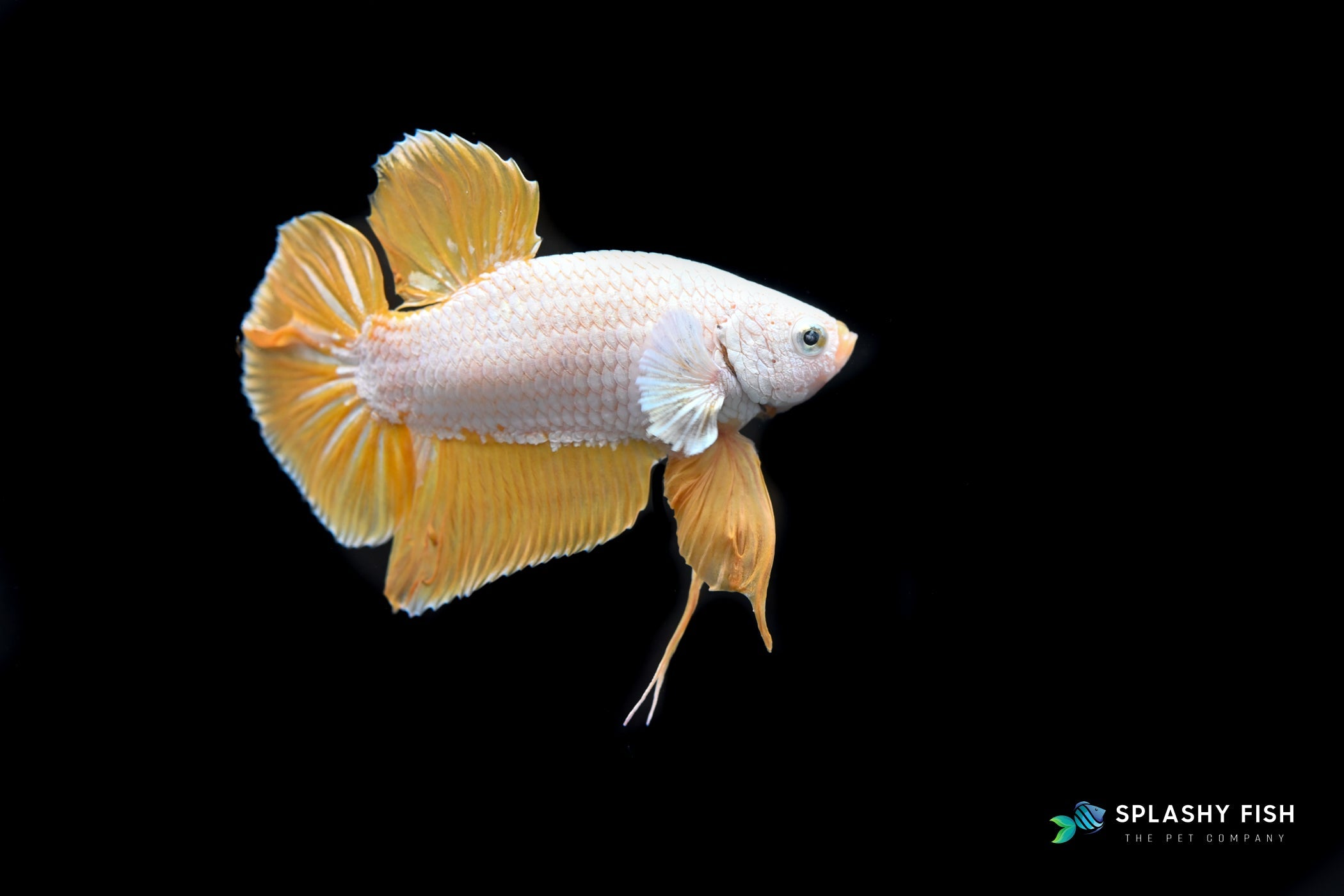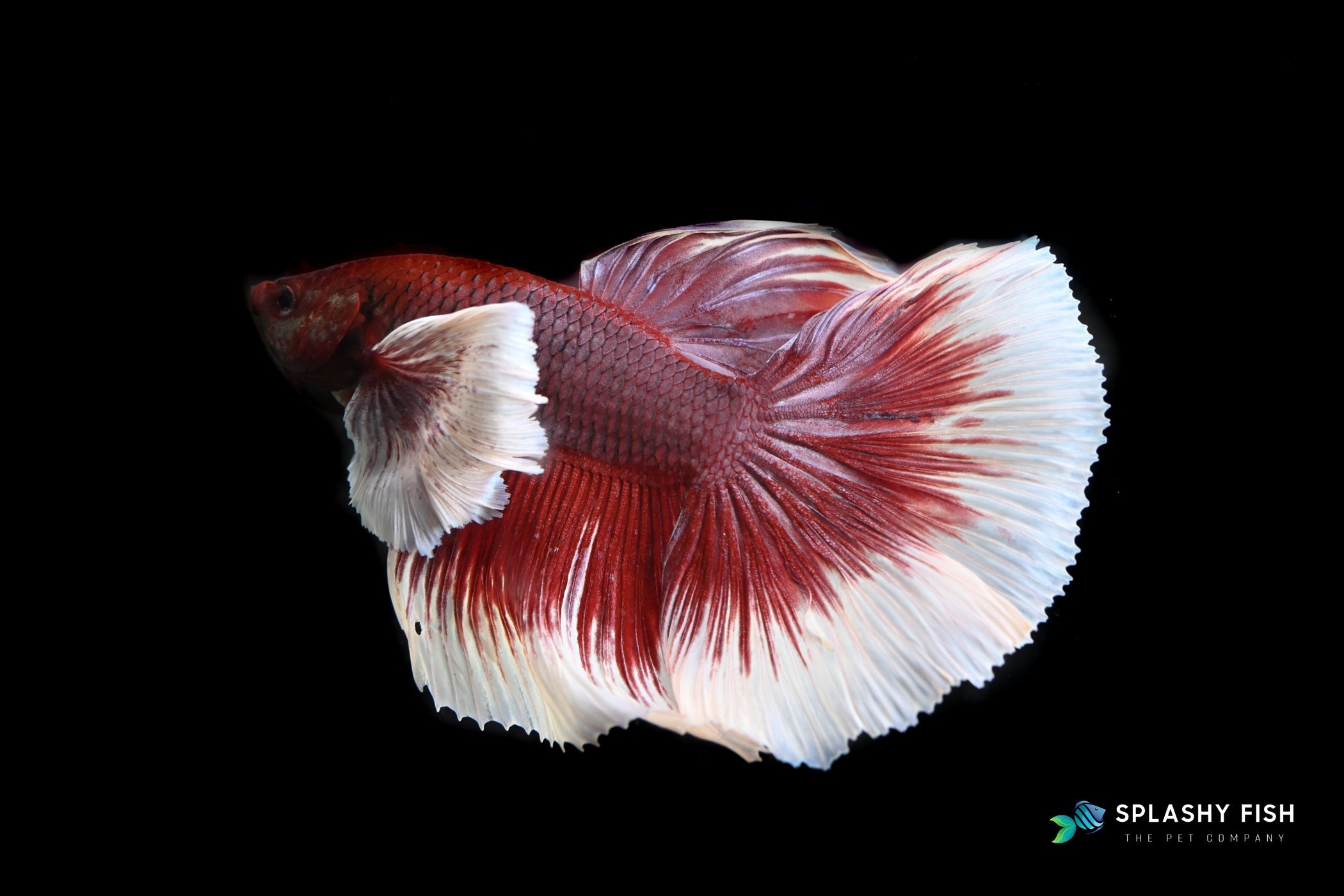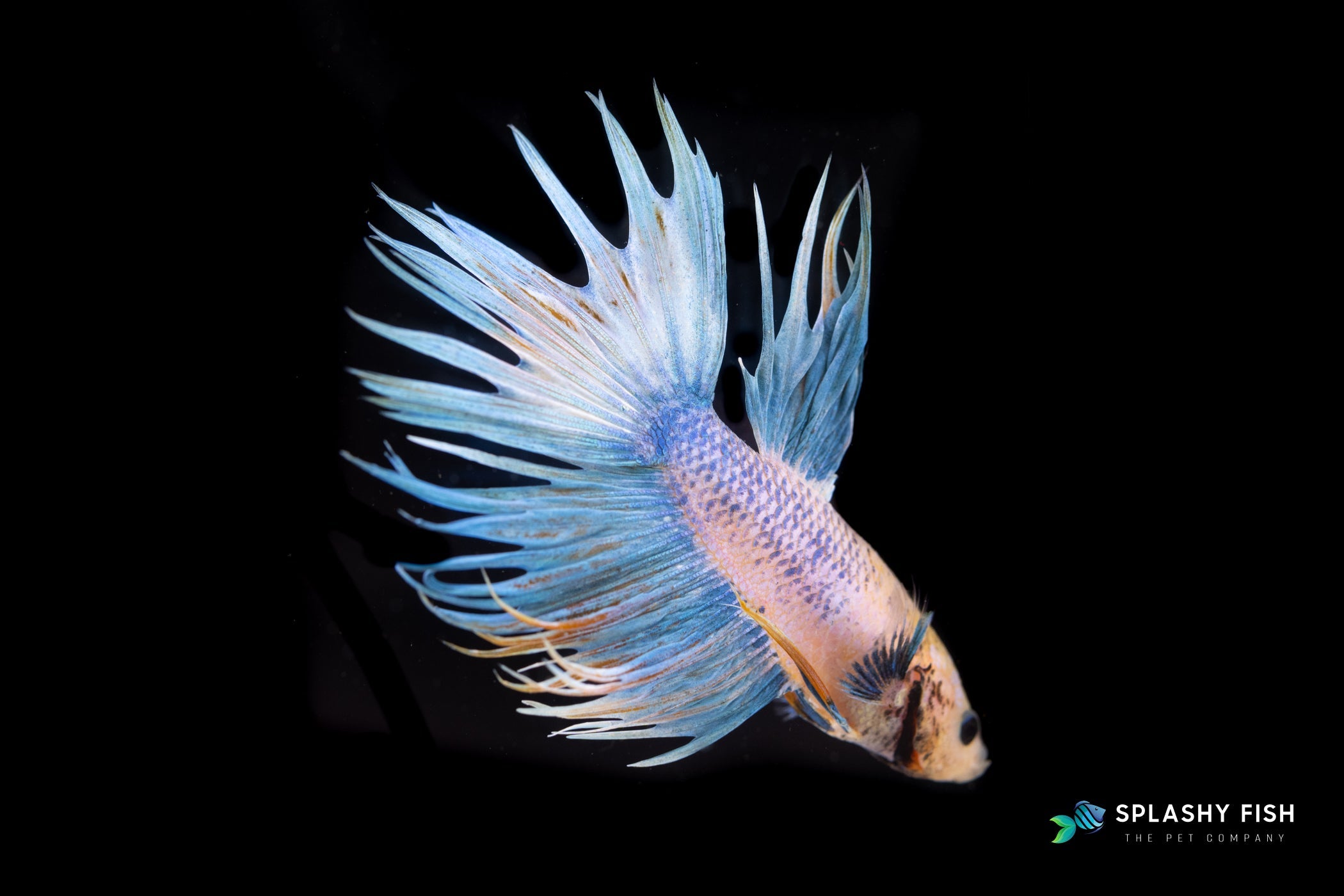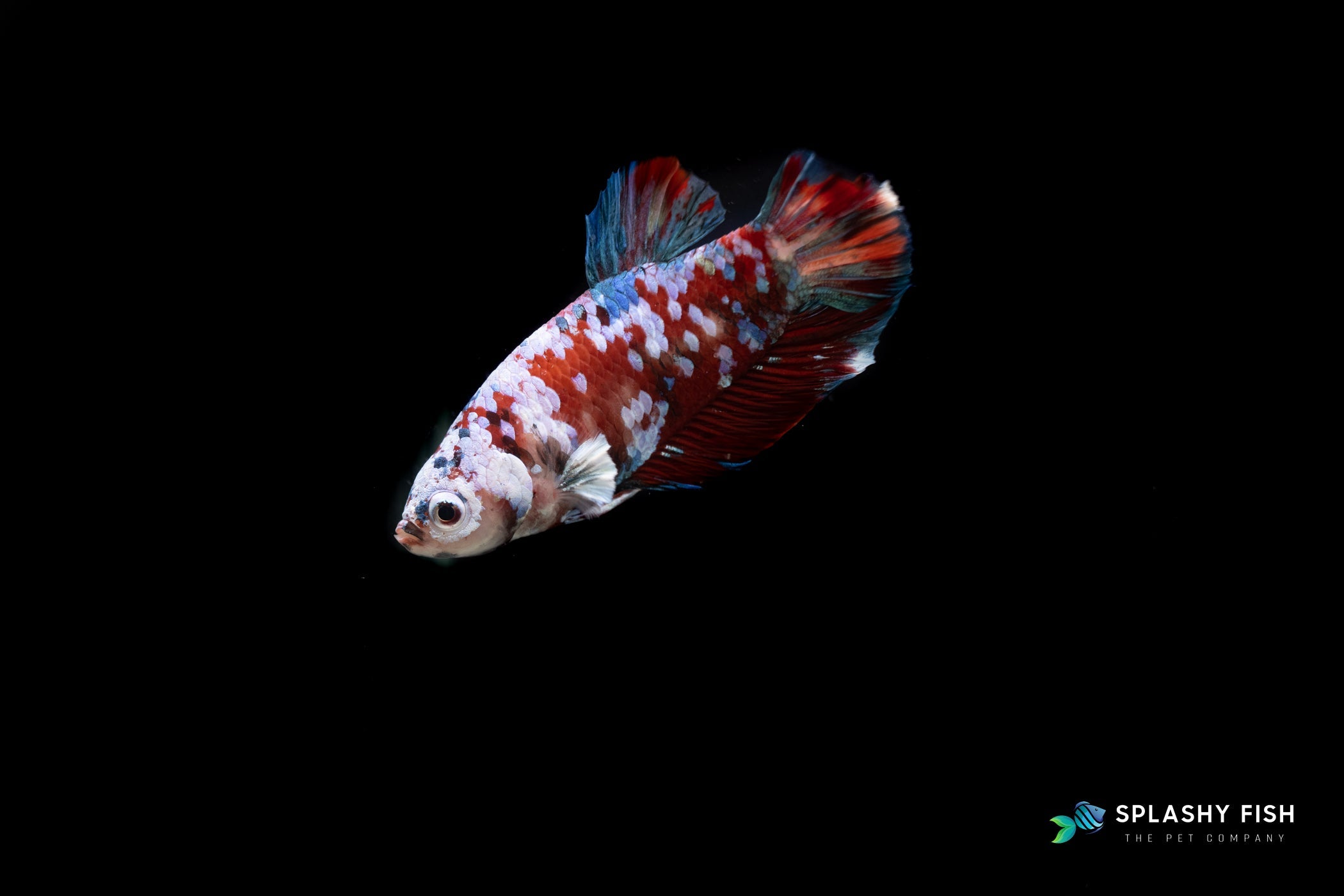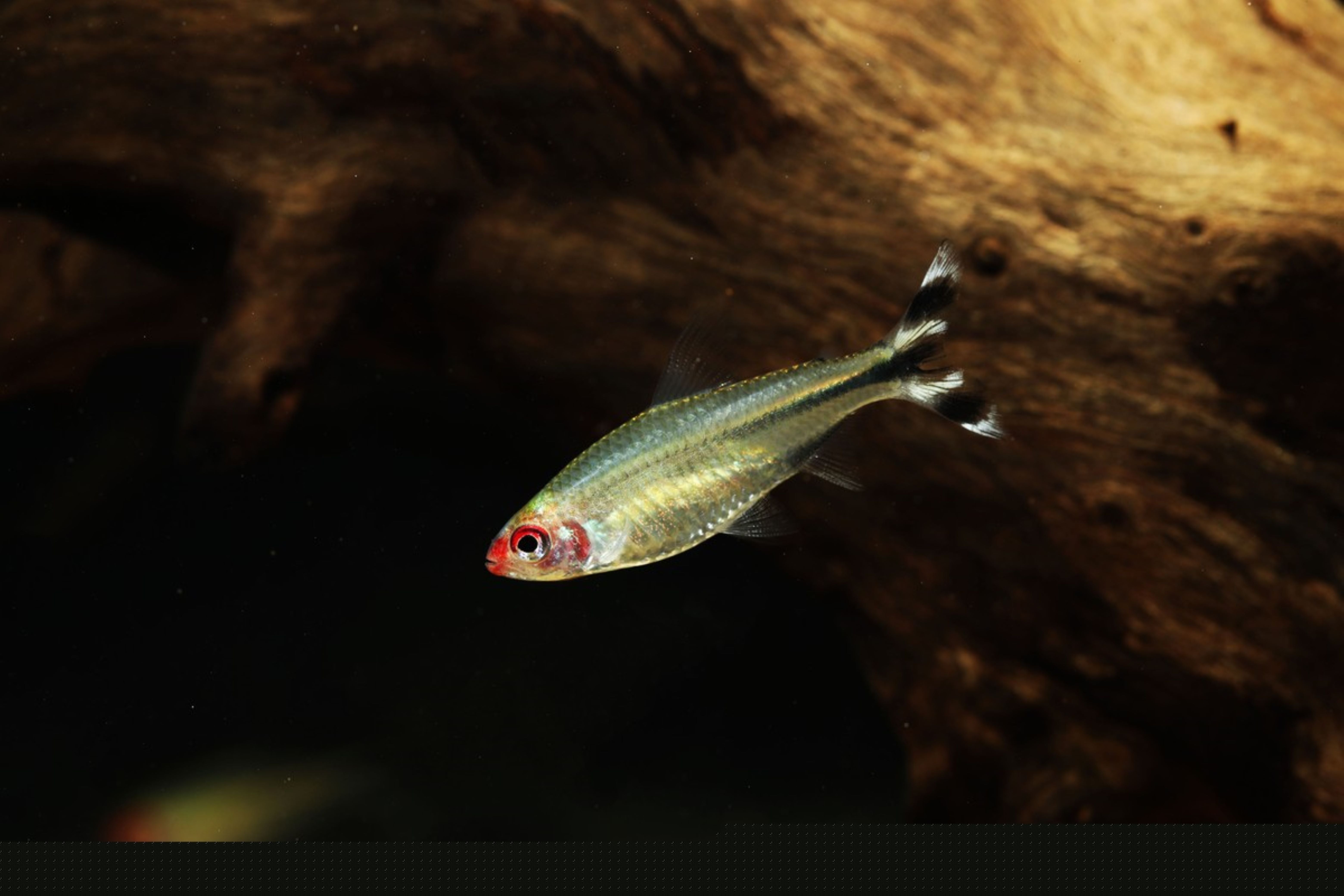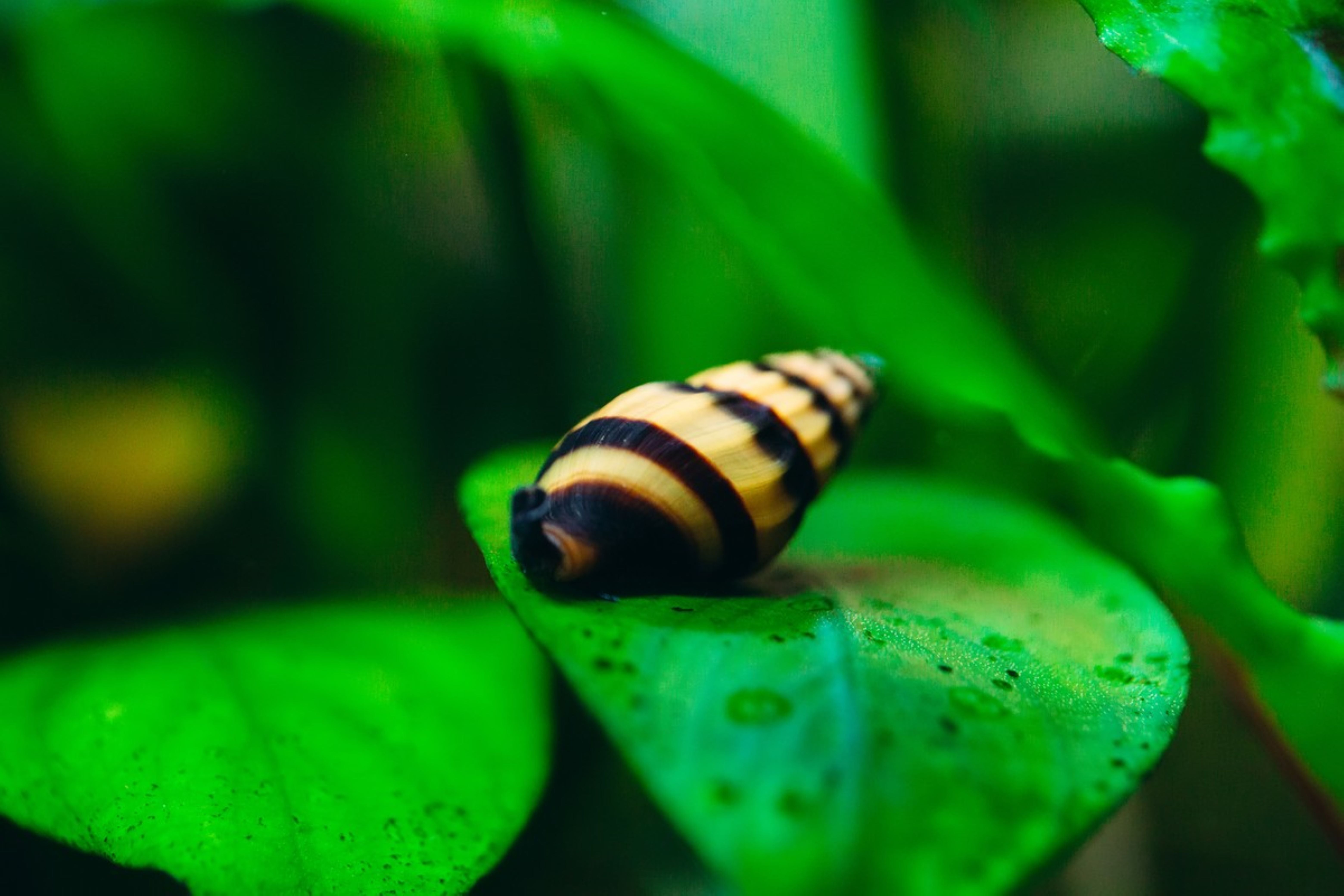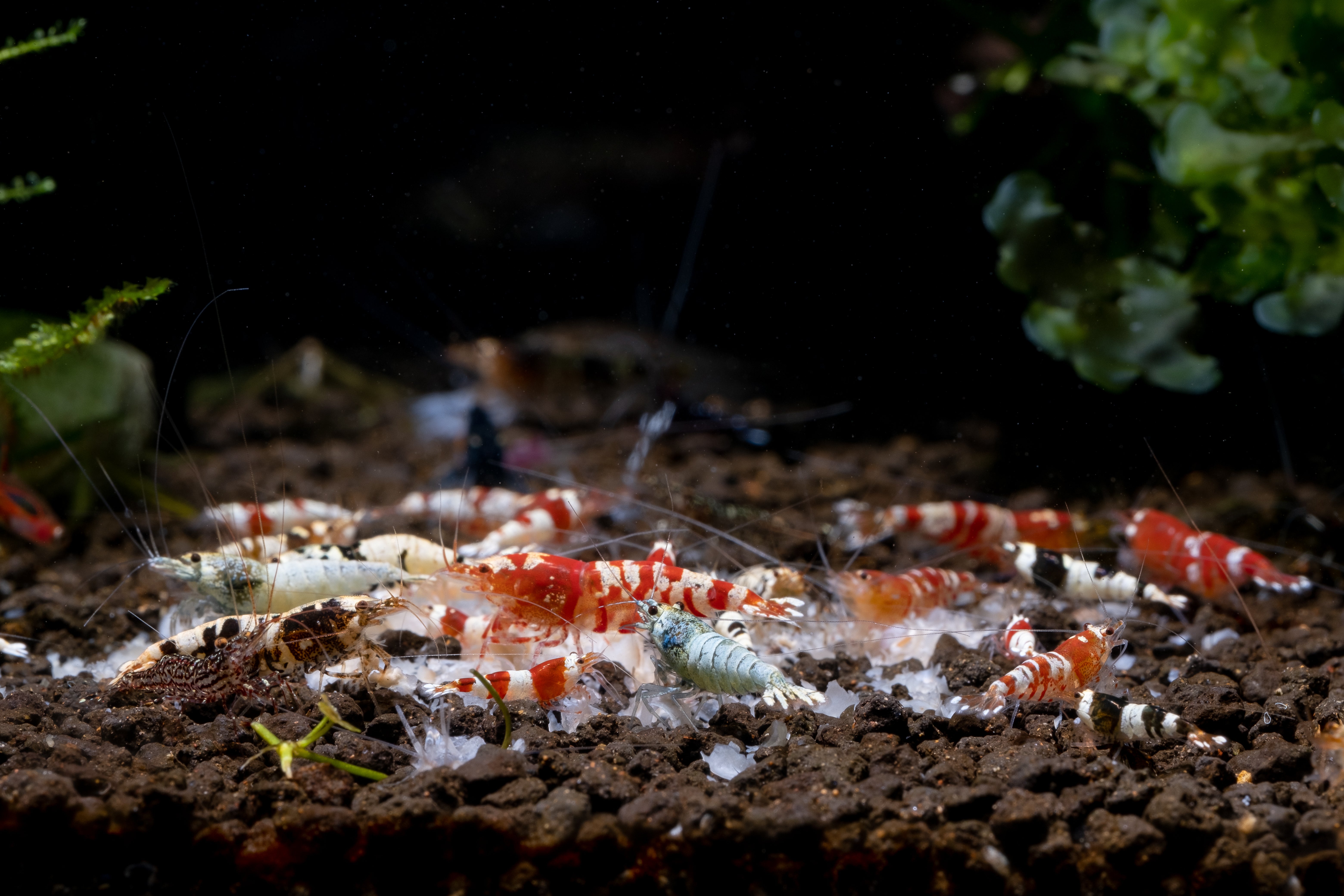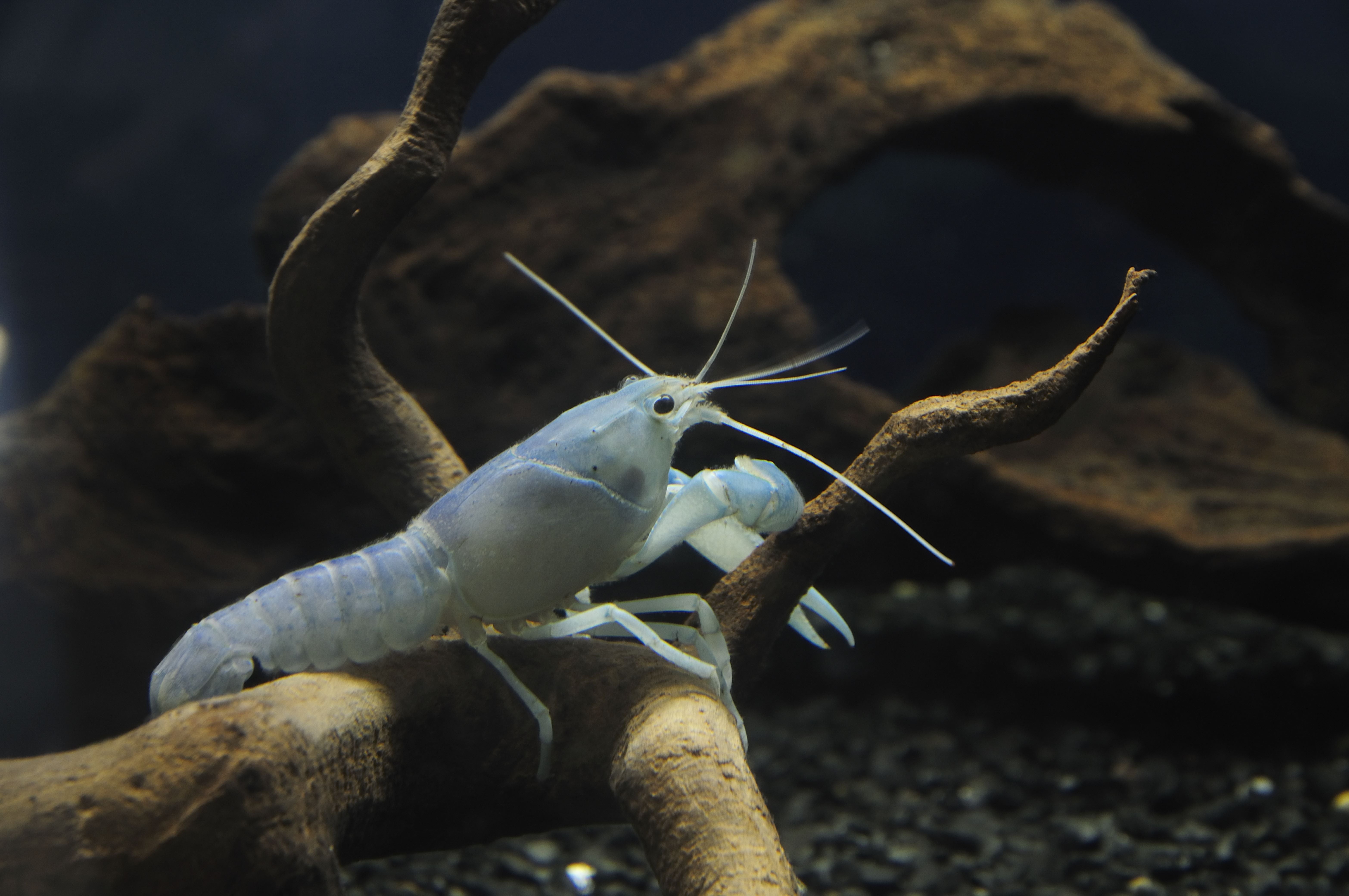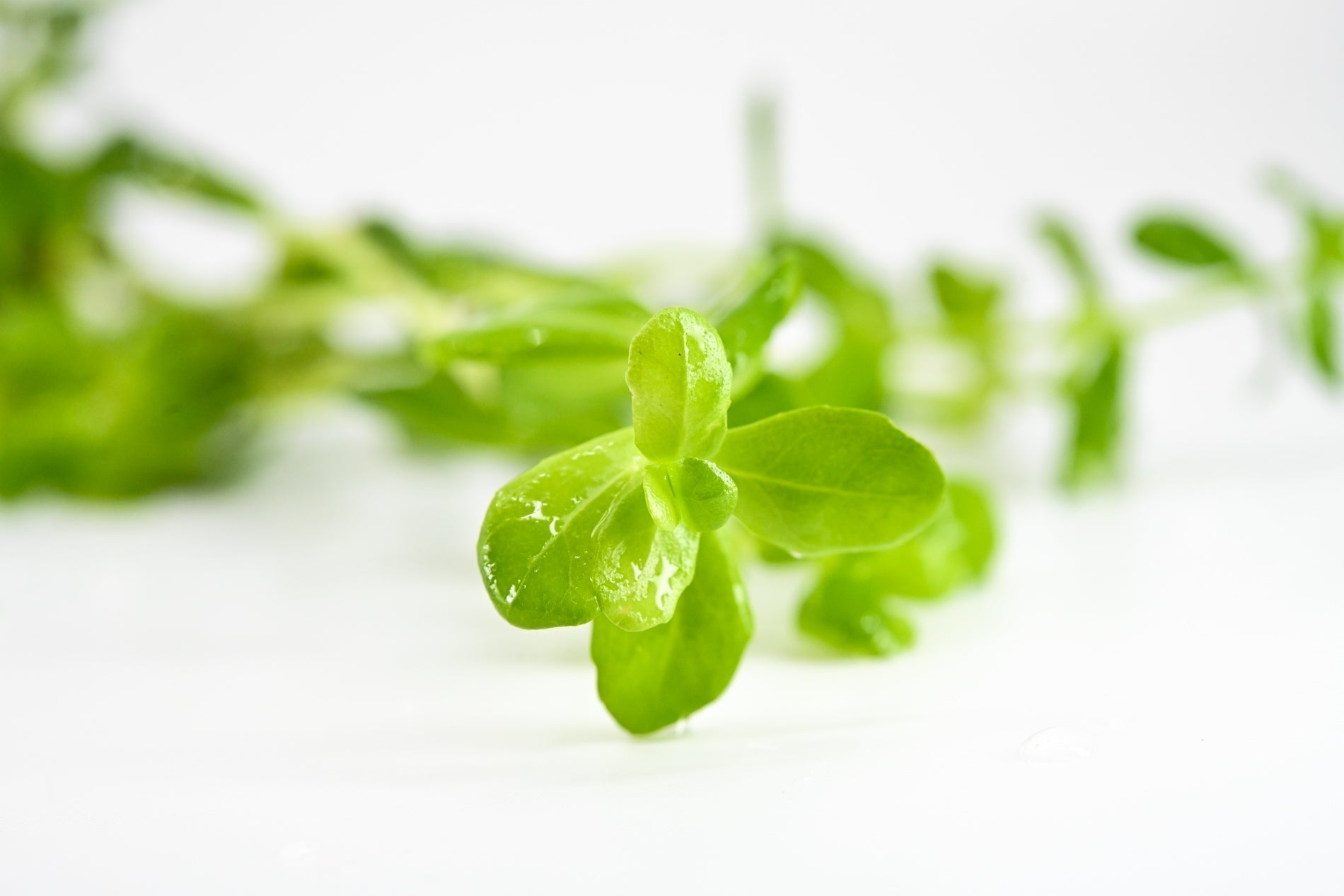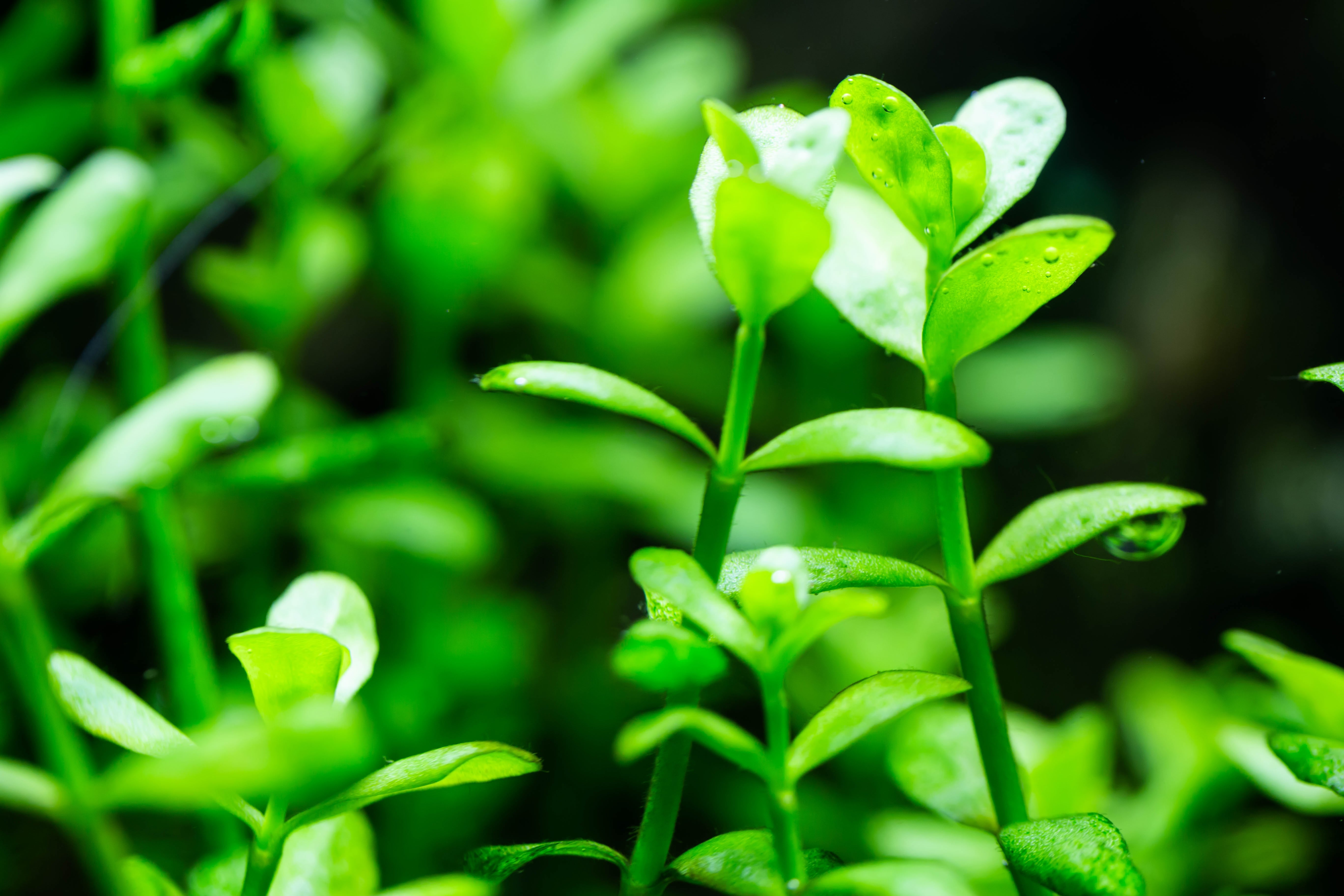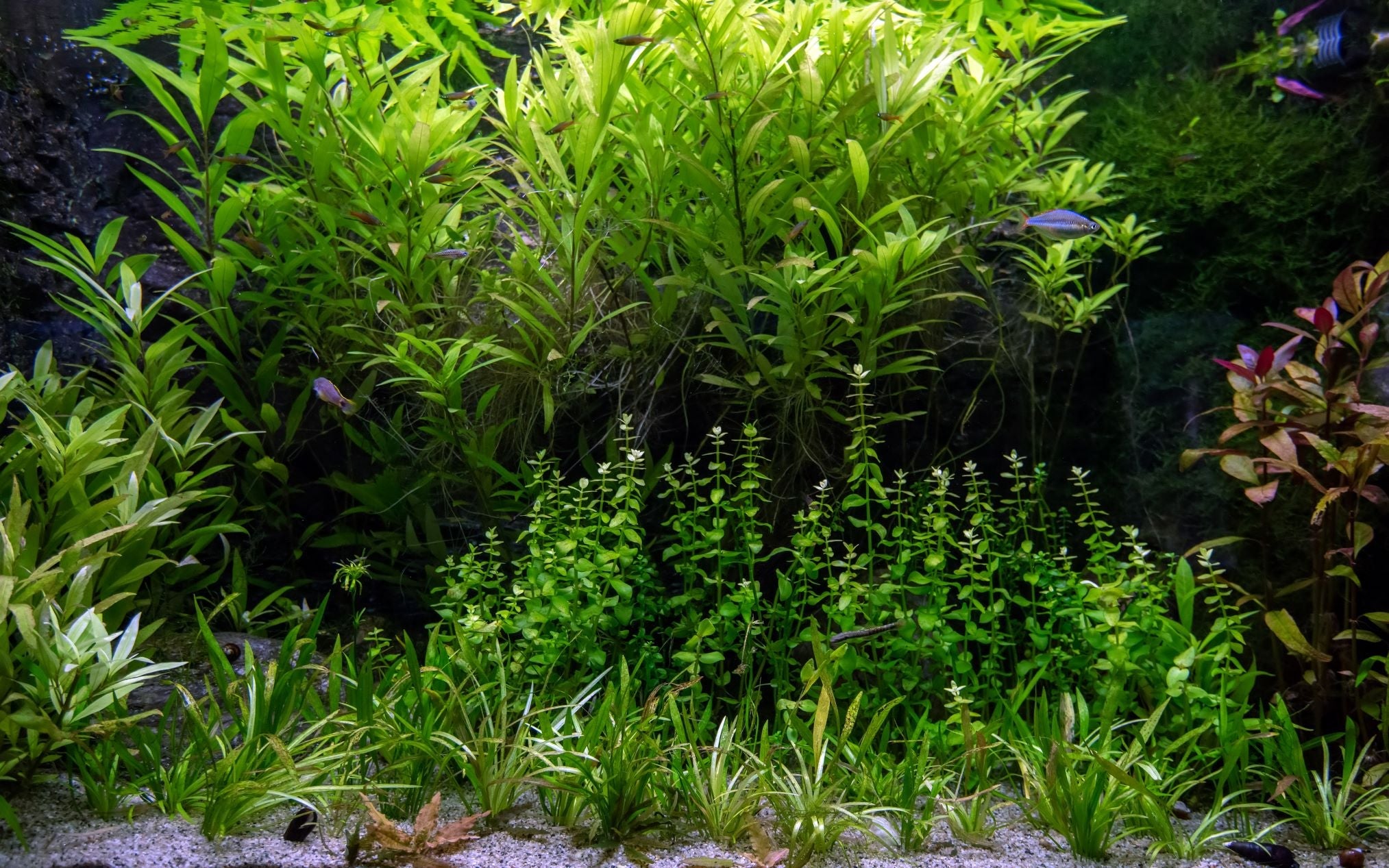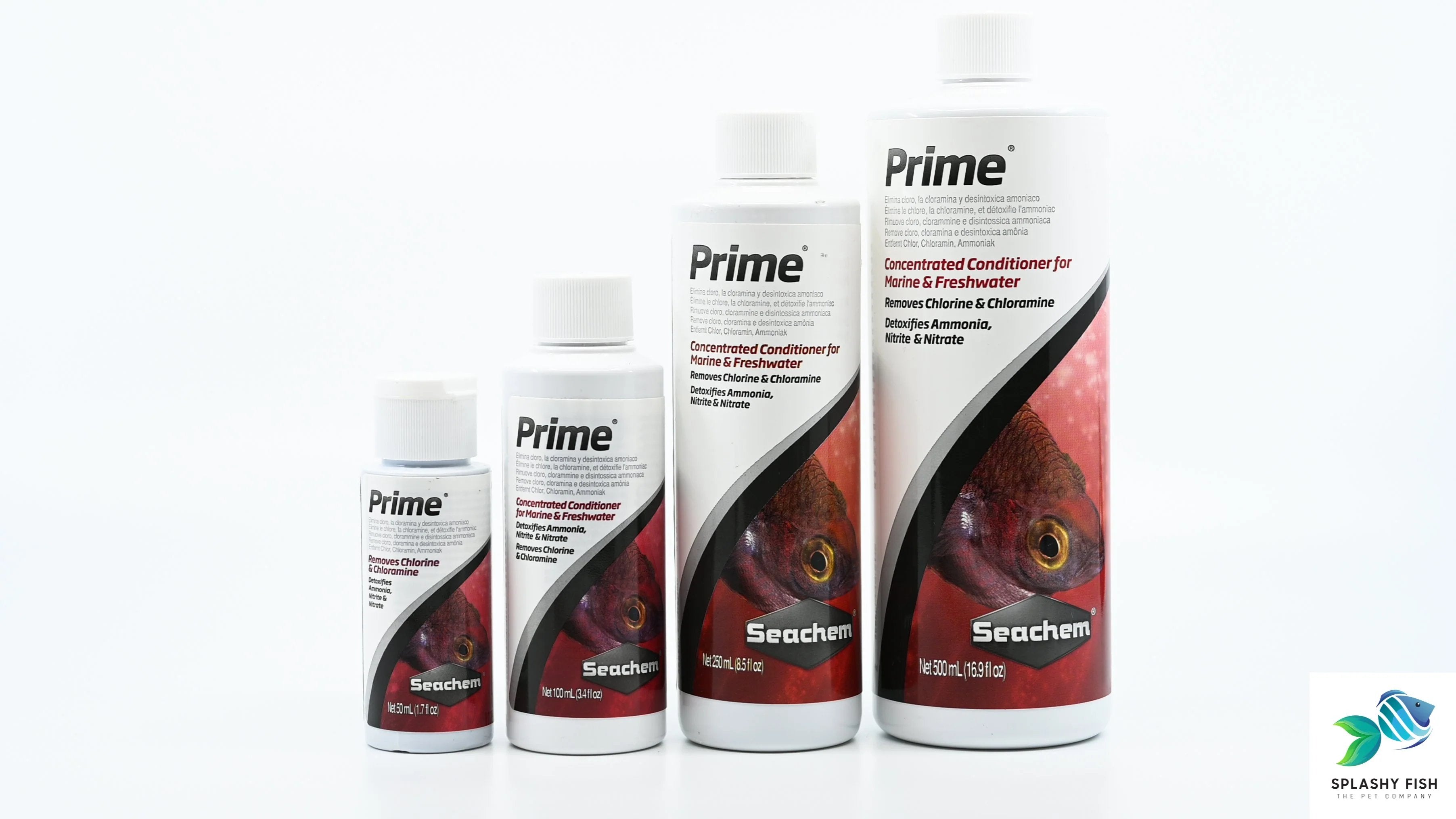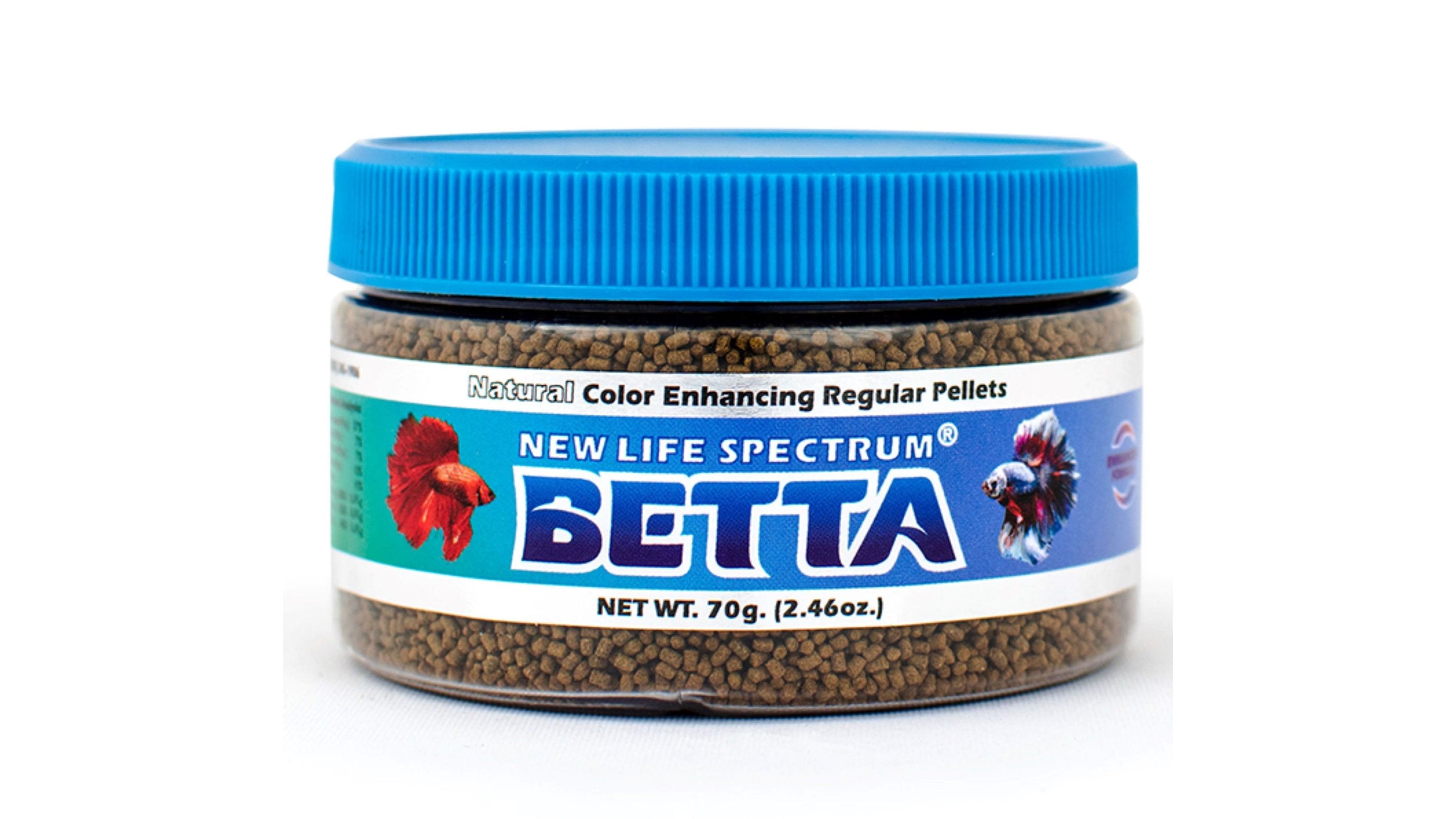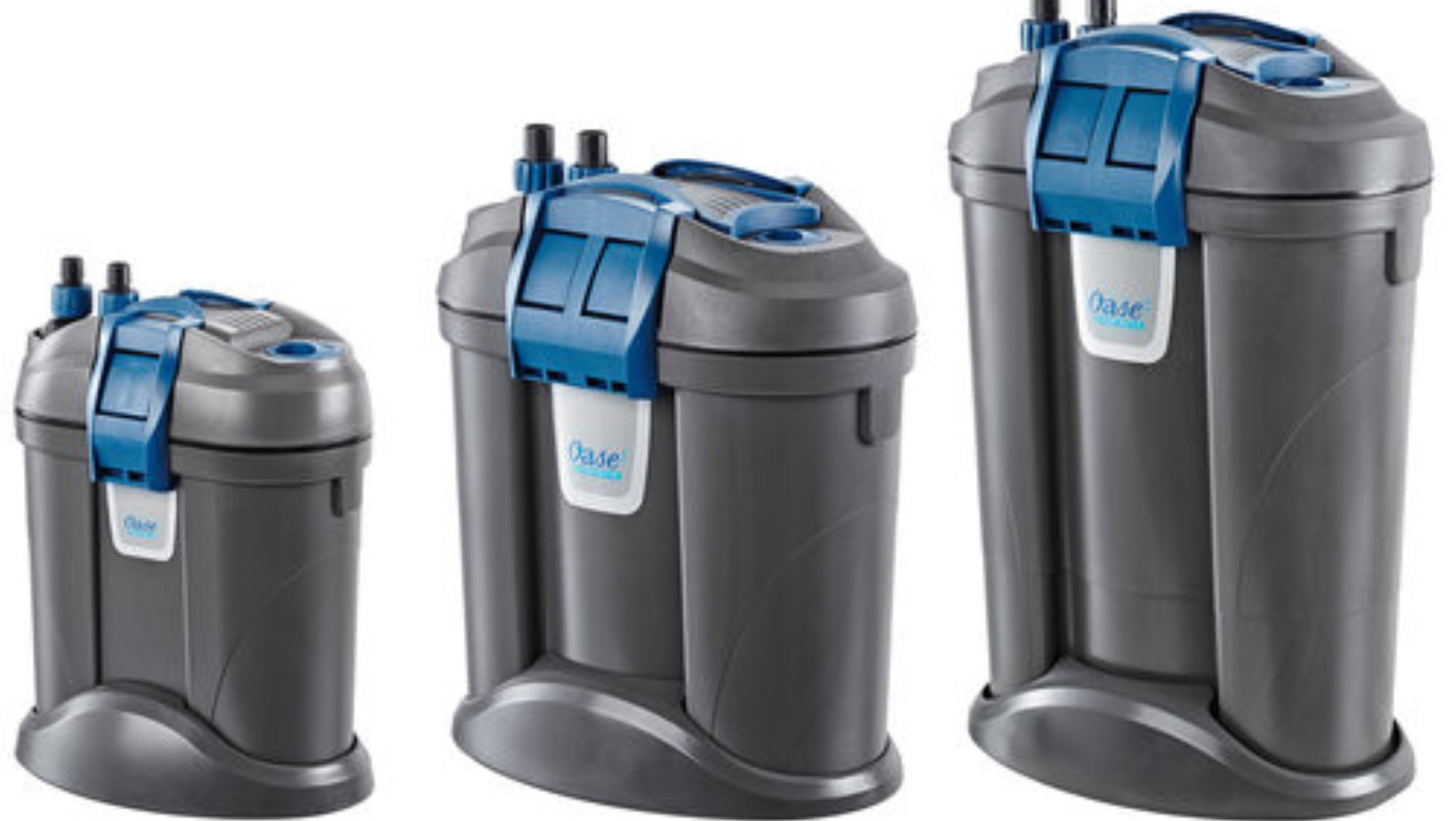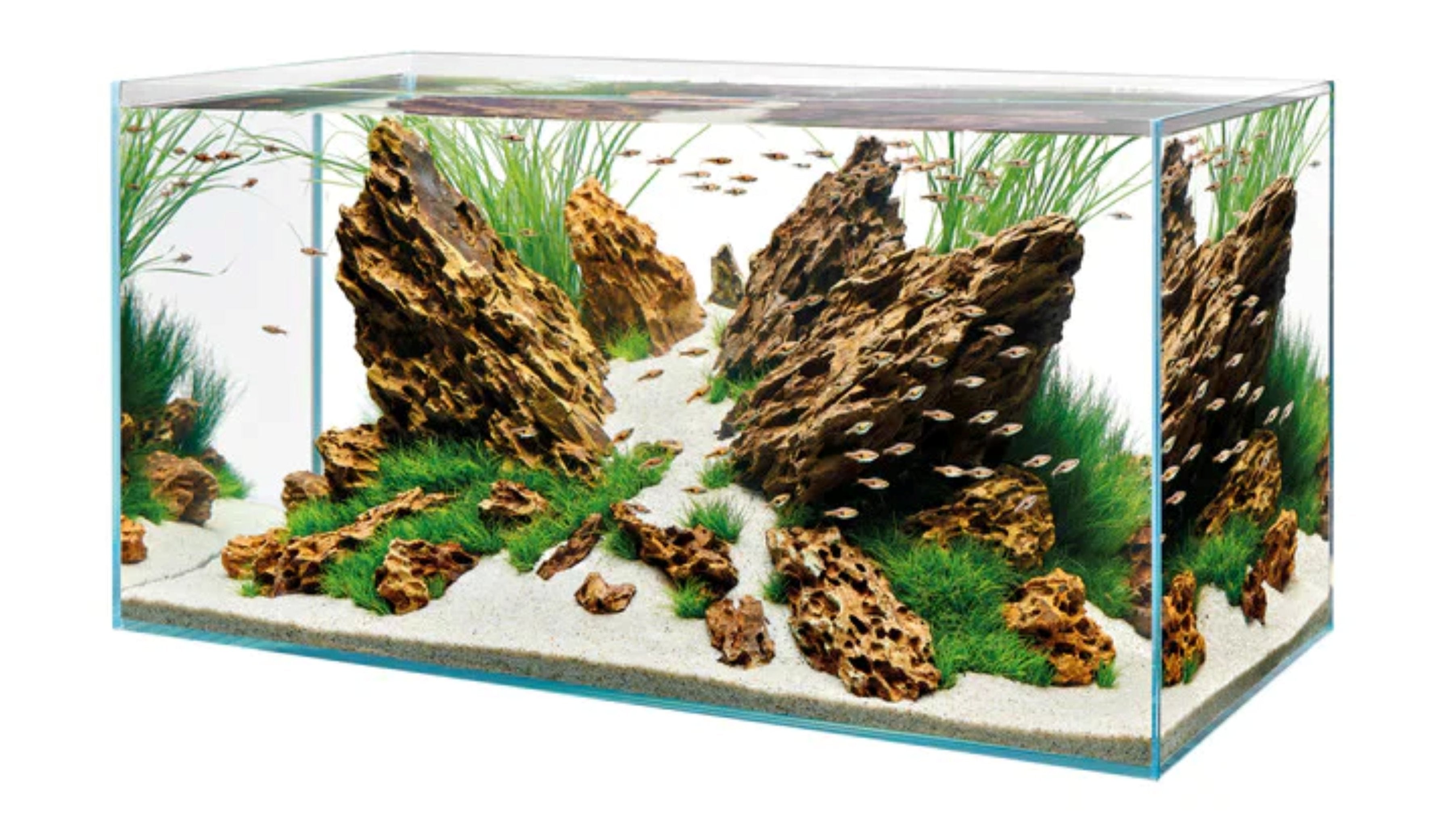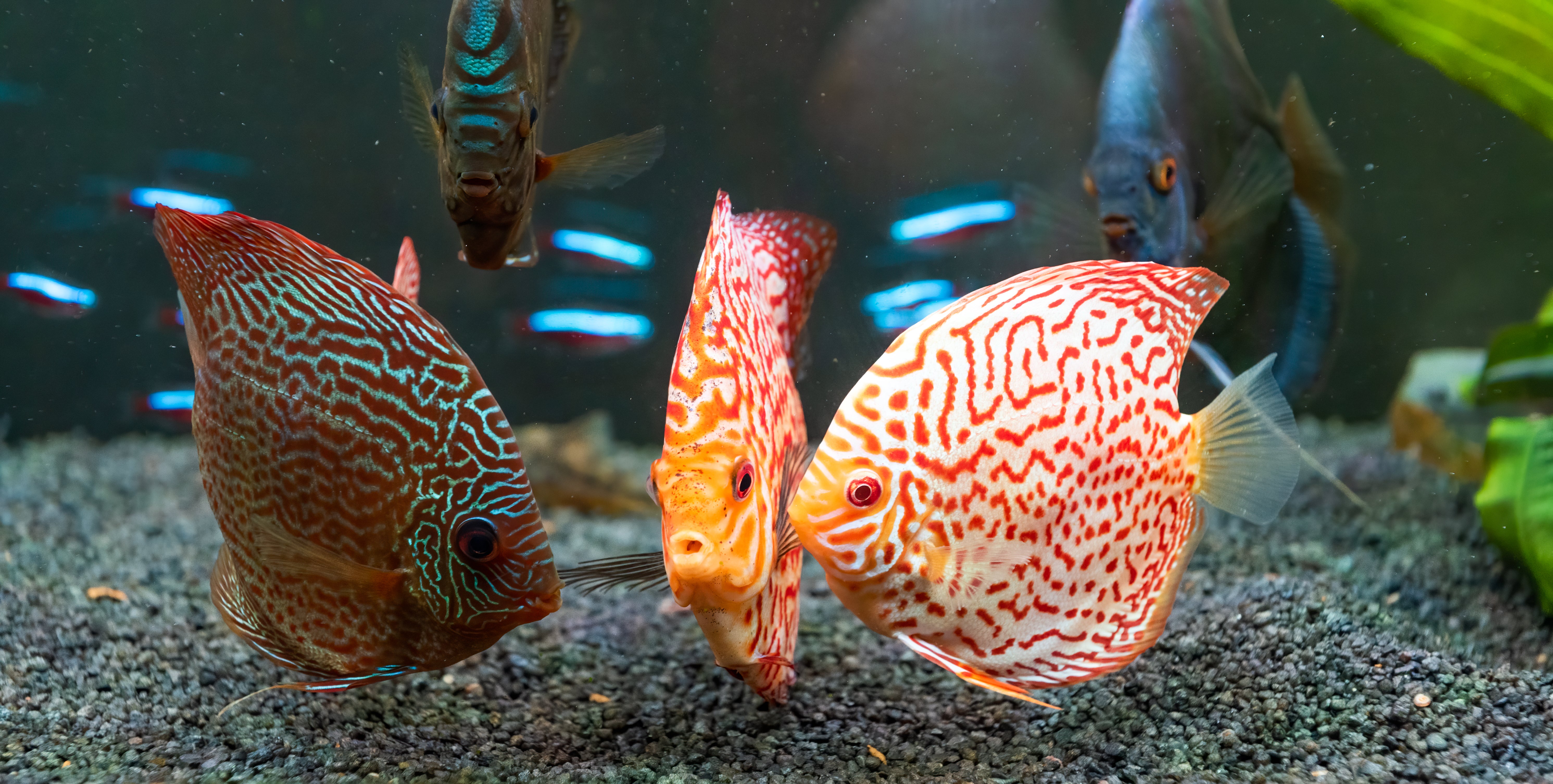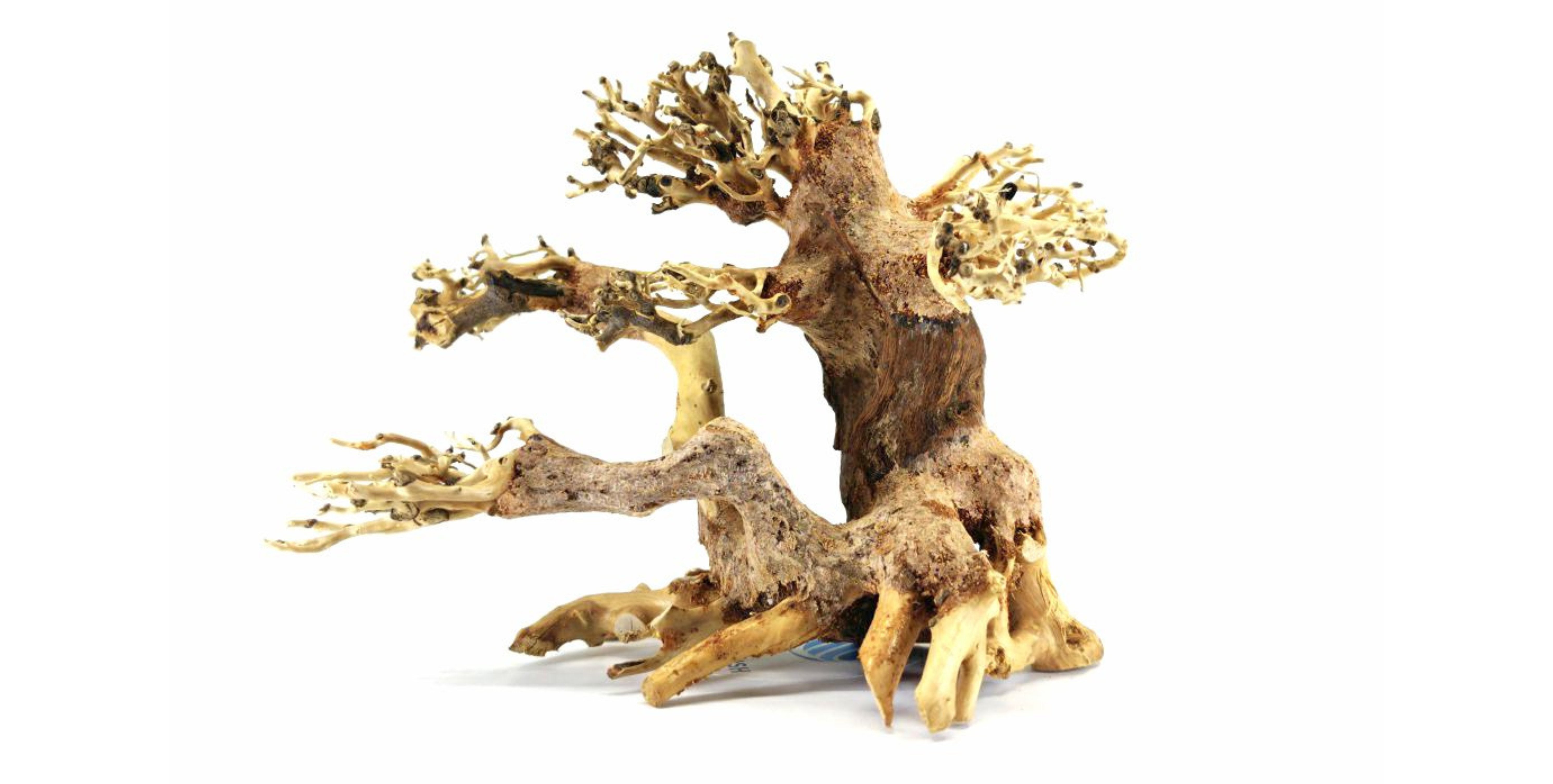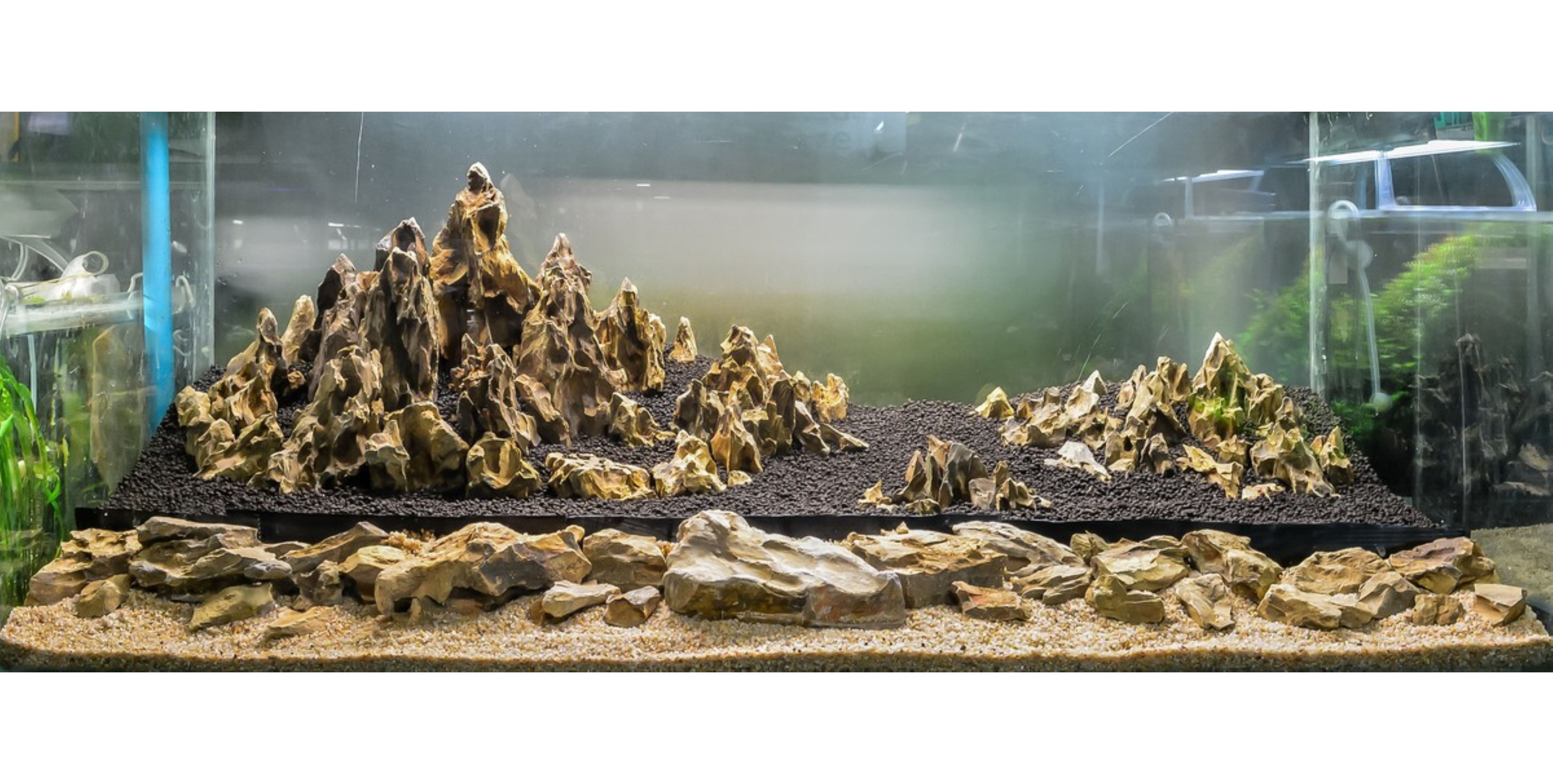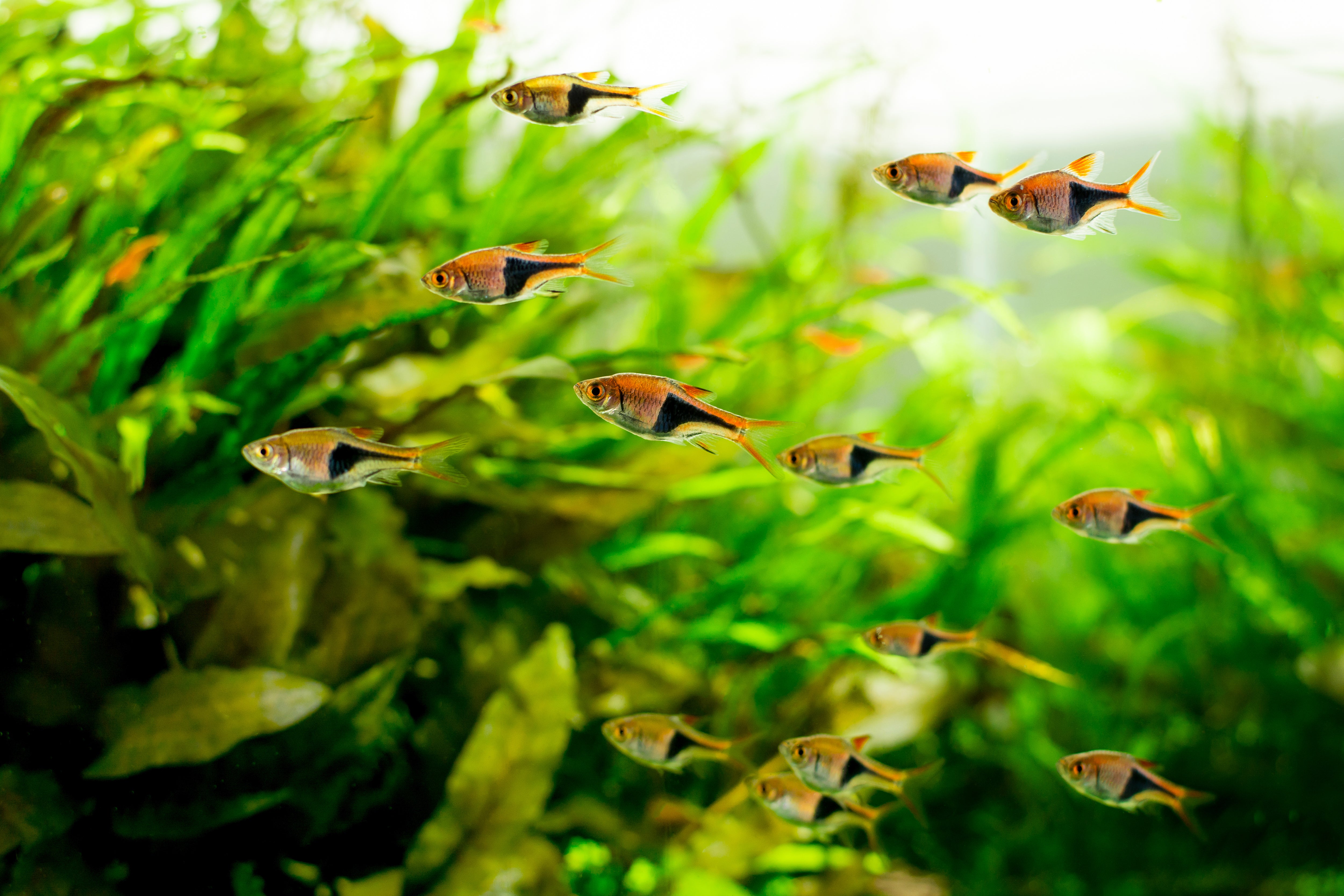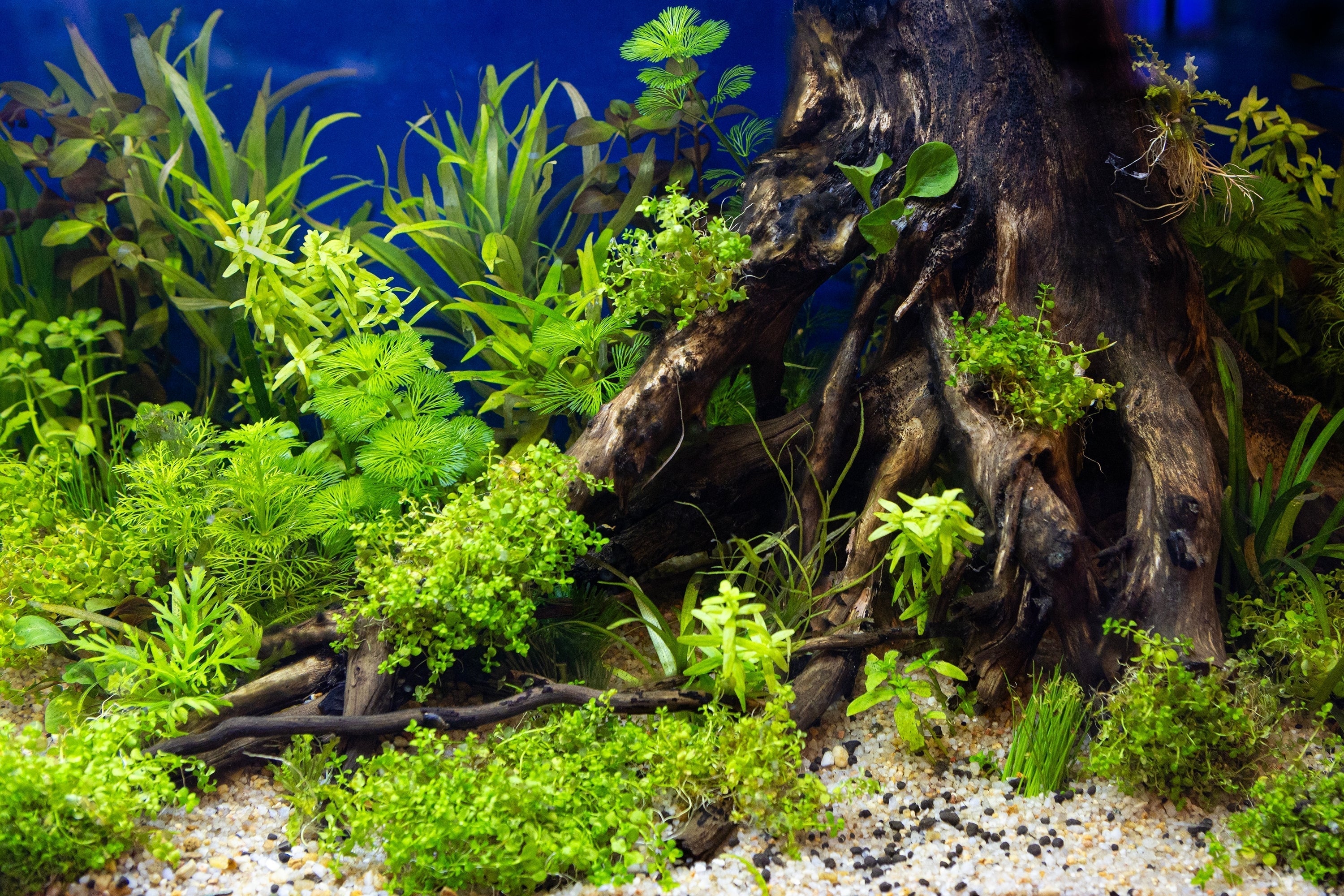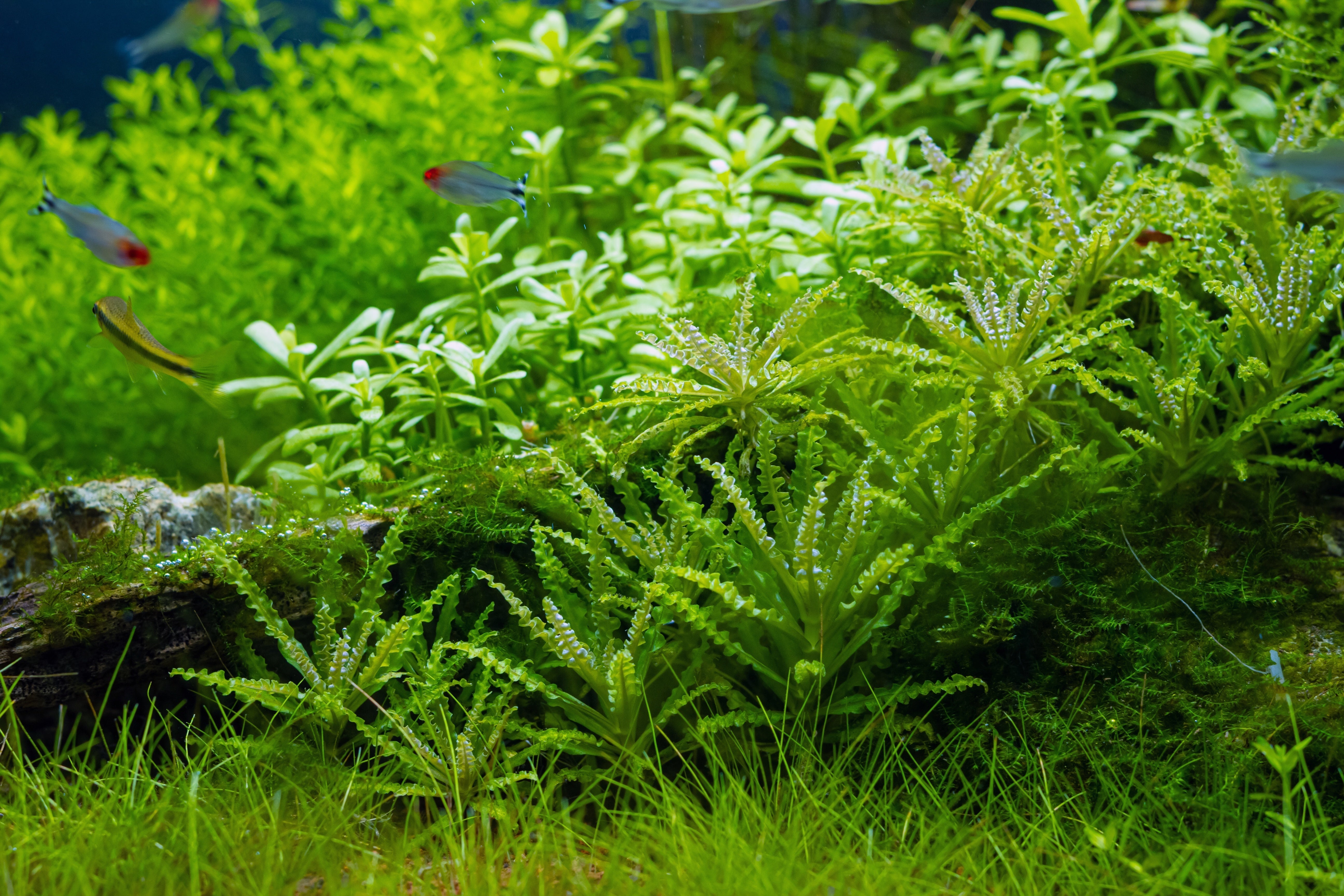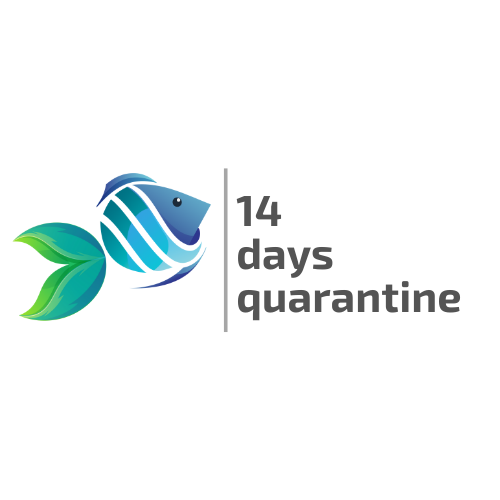Table of Contents
Are you a fish enthusiast looking to add a touch of aquatic charm to your home? If so, you've come to the right place! In this comprehensive guide, we will unveil the top 10 most common types of Rasbora for your home aquarium, helping you make the perfect choice for your underwater oasis. From the colorful Harlequin Rasbora to the vibrant Scissor Tail Rasbora, we'll explore the fascinating features and characteristics of each type. Dive into the world of Rasbora types as we uncover their unique personalities, habitat requirements, and compatibility with other fish species. Whether you're a beginner or an experienced aquarist, this article will equip you with the knowledge and insights needed to provide the best possible care for your chosen Rasbora. Get ready to create a stunning and harmonious aquatic environment that will delight both your eyes and your fishy friends! Join us as we embark on this underwater journey and unravel the secrets of choosing the perfect Rasbora for your home aquarium. Get ready to dive in and make a splash!
Chili Rasbora
If you’re looking for a tiny but vibrant addition to your aquarium, the Chili Rasbora is an absolute gem. With its brilliant red color and playful personality, it’s no surprise that this species is a favorite among nano tank enthusiasts. Native to Southeast Asia, particularly the Malay Peninsula and parts of Indonesia, these little fish are ideal for aquariums with gentle water movement and lush plant life.
Scientific name: Boraras brigittae
Care Requirements:
- Size: 1 inch (2.5 cm)
- Water Temperature: 72-80°F (22-27°C)
- pH Level: 5.5-7.0
- Tank Size: Minimum 10 gallons (ideal for small, nano aquariums)
- Diet: Omnivorous, enjoy small pellets, live food (like micro-worms), and finely crushed flakes.
- Tank Mates: Chili Rasboras are best kept with other peaceful nano fish such as freshwater shrimp, Corydoras, and other Rasboras.
These tiny fish love to school in groups, so be sure to keep them in a minimum of six individuals. Their vibrant color and active behavior will truly shine in a well-planted aquarium.

Galaxy Rasbora
Named for its beautiful galaxy-like spots, the Galaxy Rasbora (also called the Celestial Pearl Danio) is a stunning Rasbora species that will captivate anyone who looks at it. Native to the rivers and streams of Myanmar, these fish are prized for their sparkling blue bodies, adorned with white dots that resemble stars in a night sky.
Scientific name: Boraras maculatus
Care Requirements:
- Size: 1.2 inches (3 cm)
- Water Temperature: 70-82°F (21-28°C)
- pH Level: 6.0-7.5
- Tank Size: Minimum 10 gallons
- Diet: Small flakes, live foods, and frozen foods like daphnia or brine shrimp.
- Tank Mates: Peaceful fish such as Tetras, dwarf shrimp, and Corydoras.
The Galaxy Rasbora is a hardy Rasboras species that adapts well to a variety of water conditions. Keep them in schools to witness their shimmering beauty and social behavior in action.
Strawberry Rasbora
This little fish earns its name thanks to its vibrant red-orange coloration, which closely resembles the hue of a ripe strawberry. Native to Thailand, the Strawberry Rasbora is a peaceful species that thrives in slightly acidic, well-planted aquariums. These freshwater fish are a favorite for community setups, as their small size and docile nature make them an easy-going tank mate.
Scientific name: Rasbora desmotes
Care Requirements:
- Size: 2 inches (5 cm)
- Water Temperature: 74-80°F (23-27°C)
- pH Level: 6.0-7.5
- Tank Size: Minimum 5 gallons
- Diet: Flake food, small live foods, and frozen foods like bloodworms and brine shrimp.
- Tank Mates: Best with peaceful fish such as Tetras, Guppies, and small Catfish.
Strawberry Rasboras do best in schools of at least six, where they can interact and showcase their full potential in a vibrant, active group.
Harlequin Rasbora
The Harlequin Rasbora is one of the most well-known and widely loved Rasbora species, and for good reason! This striking fish boasts a stunning orange body with a distinct black triangular patch on each side, making it a beautiful addition to any aquarium tank. Native to Southeast Asia, the Harlequin Rasbora is a hardy and adaptable species, perfect for both beginners and seasoned aquarists alike.
Scientific name: Trigonostigma heteromorpha
Care Requirements:
- Size: 2 inches (5 cm)
- Water Temperature: 72-80°F (22-27°C)
- pH Level: 6.0-7.5
- Tank Size: Minimum 15 gallons
- Diet: Flake food, live or frozen foods like brine shrimp and bloodworms.
- Tank Mates: Ideal with peaceful community fish such as Tetras, Corydoras, and shrimp like Neocaridina shrimp and Caridina shrimp.
Harlequin Rasboras are best kept in schools of six or more, where they’ll feel more secure and display their beautiful swimming patterns. Their peaceful nature makes them an excellent addition to any community aquarium.

Emerald Dwarf Rasbora
With its vibrant greenish hue, the Emerald Dwarf Rasbora is a standout fish in any planted aquarium. Native to Southeast Asia, this small species prefers slightly acidic water with plenty of vegetation to hide and explore. Its stunning color and peaceful demeanor make it an excellent choice for aquarists with smaller tanks.
Scientific name: Rasbora dorsiocellata
Care Requirements:
- Size: 1.5 inches (4 cm)
- Water Temperature: 74-80°F (23-27°C)
- pH Level: 6.0-7.5
- Tank Size: Minimum 10 gallons
- Diet: Small pellets, live or frozen foods like brine shrimp and daphnia.
- Tank Mates: Best with peaceful species like shrimp, small tetras, and other Rasboras fish.
Emerald Dwarf Rasboras are an ideal choice for nano aquariums, adding a splash of green and a touch of charm to your aquatic setup.
Exclamation Point Rasbora
The Exclamation Point Rasbora is an absolute showstopper, thanks to the unique "exclamation point" marking found on each fish’s body. Native to Southeast Asia, these tiny live fish have striking red bodies with a black tail and a distinctive mark near their tail, giving them a truly memorable look.
Scientific name: Boraras urophthalmoides
Care Requirements:
- Size: 1 inch (2.5 cm)
- Water Temperature: 74-80°F (23-27°C)
- pH Level: 6.0-7.5
- Tank Size: Minimum 10 gallons
- Diet: Small pellets, live food like micro-worms, and frozen foods like brine shrimp.
- Tank Mates: Peaceful fish such as small tetras, Corydoras, and shrimp.
Exclamation Point Rasboras thrive in small schools and are happiest when surrounded by other non-aggressive species. They’re perfect for nano tanks, where their small size and colorful markings can truly shine.

Dwarf Rasbora
The Dwarf Rasbora is a tiny and charming species, ideal for aquariums with limited space. Despite its small size, this fish has an intriguing personality and a beautiful translucent body. Found in the slow-moving streams of Southeast Asia, this species is easy to care for and perfect for beginners.
Scientific name: Boraras maculatus
Care Requirements:
- Size: 1 inch (2.5 cm)
- Water Temperature: 70-80°F (21-27°C)
- pH Level: 5.5-7.0
- Tank Size: Minimum 10 gallons
- Diet: Flake food, small live foods like brine shrimp, and frozen foods.
- Tank Mates: Peaceful species such as shrimp, Corydoras, and other small Rasboras.
Dwarf Rasboras should be kept in groups to feel secure, making them a great choice for small, planted aquariums.
Kubotai Rasbora or Micro Rasbora
The Kubotai Rasbora, also known as the Micro Rasbora, is a tiny fish that packs a punch in terms of beauty. These fish are loved for their vivid orange bodies and dark black markings, making them one of the most striking species of Rasbora. Native to Southeast Asia, they thrive in peaceful, well-planted aquariums.
Scientific name: Rasbora kubotai
Care Requirements:
- Size: 1.5 inches (4 cm)
- Water Temperature: 74-80°F (23-27°C)
- pH Level: 6.0-7.5
- Tank Size: Minimum 10 gallons
- Diet: Flakes, live foods like daphnia, and frozen foods.
- Tank Mates: Peaceful fish like tetras, shrimp, and other small Rasboras.
Kubotai Rasboras are best kept in groups, and they’ll enjoy a well-planted tank with plenty of hiding spots and open swimming space.
Scissortail Rasbora
If you’re looking for more active Rasbora types with an eye-catching tail, the Scissortail Rasbora is an excellent choice. This species has a sleek silver body and a distinct forked tail that resembles a pair of scissors. Native to Southeast Asia, Scissortail Rasboras thrive in schools and make a dynamic addition to any community tank.
Scientific name: Rasbora trilineata
Care Requirements:
- Size: 3 inches (7.5 cm)
- Water Temperature: 74-80°F (23-27°C)
- pH Level: 6.0-7.5
- Tank Size: Minimum 20 gallons
- Diet: Flakes, live foods, and frozen foods.
- Tank Mates: Peaceful fish such as tetras, Corydoras, and other small community species.
Scissortail Rasboras are a fantastic choice for aquarists looking for an active and visually striking species that is also peaceful.
Brilliant Rasbora
As the name suggests, the Brilliant Rasbora is a truly brilliant species that will light up any tank. With its red-orange body and black stripe running along the length of its body, this fish is a showstopper in community tanks.
Scientific name: Rasbora lateristriata
Care Requirements:
- Size: 2 inches (5 cm)
- Water Temperature: 74-80°F (23-27°C)
- pH Level: 6.0-7.5
- Tank Size: Minimum 15 gallons
- Diet: Flake food, live food, and frozen food.
- Tank Mates: Peaceful fish such as tetras, guppies, and shrimp.
Brilliant Rasboras are ideal for peaceful community tanks and are best kept in schools to showcase their stunning colors and social behavior.
Conclusion
Rasboras are a wonderful choice for any aquarium, offering a combination of beauty, peacefulness, and ease of care. With a variety of types to choose from, there’s a Rasbora for every fish tank, whether you're looking for a tiny nano fish or a more active species that adds movement to your aquarium. These delightful fish are sure to bring joy and color to your underwater world, making them an excellent choice for both beginner and experienced aquarists. At Splashy Fish tropical fish store, we offer almost the mentioned Rasboras for sale. Moreover, there are freshwater fish for sale, freshwater shrimp for sale, live aquatic plants for sale, and other aquarium supply. Visit us to buy aquarium products online or at our aquarium store in Virginia by following the map below.
Frequently Asked Questions about Rasbora Types
Do Rasbora types need to be kept in schools?
Yes, Rasboras are schooling fish and should be kept in groups of at least six individuals to thrive. In the wild, Rasboras live in large schools, which provide them with a sense of security and reduce stress. When kept alone or in too small a group, they may become shy, stressed, or less active. Keeping them in a school allows them to exhibit natural schooling behavior and makes them more confident, displaying their full beauty and colors. Additionally, schooling fish like Rasboras are more likely to interact with each other and engage in social behavior, making them a joy to watch.
What tank size is best for Rasbora types?
While Rasboras are small fish, they do require adequate space to swim and feel secure. The ideal tank size depends on the species and the number of fish you plan to keep. For small species like the Chili Rasbora or Galaxy Rasbora, a tank size of 10 gallons is sufficient for a small school of 6-8 fish. Larger species like the Scissortail Rasbora may need a minimum of 20 gallons, especially if kept with other community fish. It's important to always err on the side of caution and provide your Rasboras with extra space to swim, as overcrowding can lead to stress and health problems.
What is the lifespan of the Rasbora types?
Rasboras typically have a lifespan of 3 to 5 years, depending on the species and care conditions. Providing consistent, high-quality water, a well-balanced diet, and a stress-free environment will help extend their life expectancy. Regular water changes, careful monitoring of water parameters, and avoiding overcrowding will also contribute to the health and longevity of your Rasboras.


